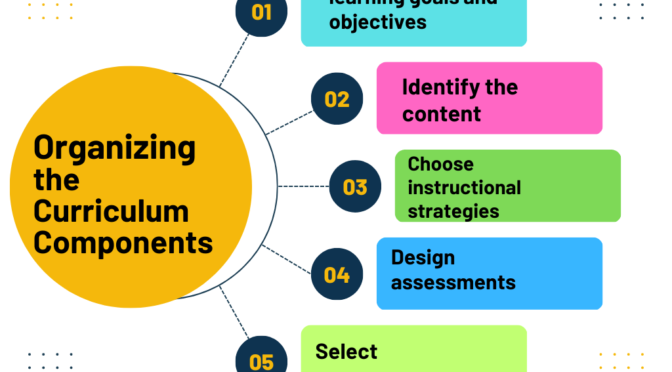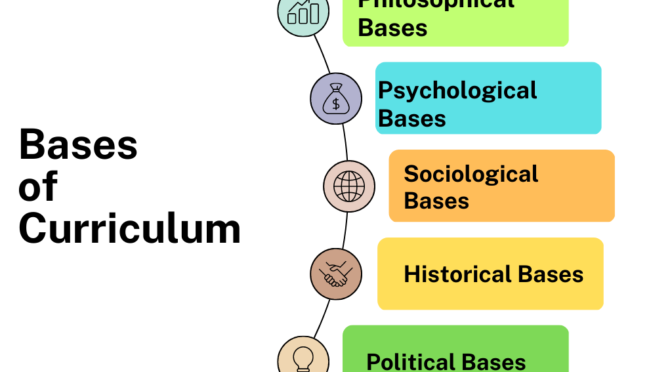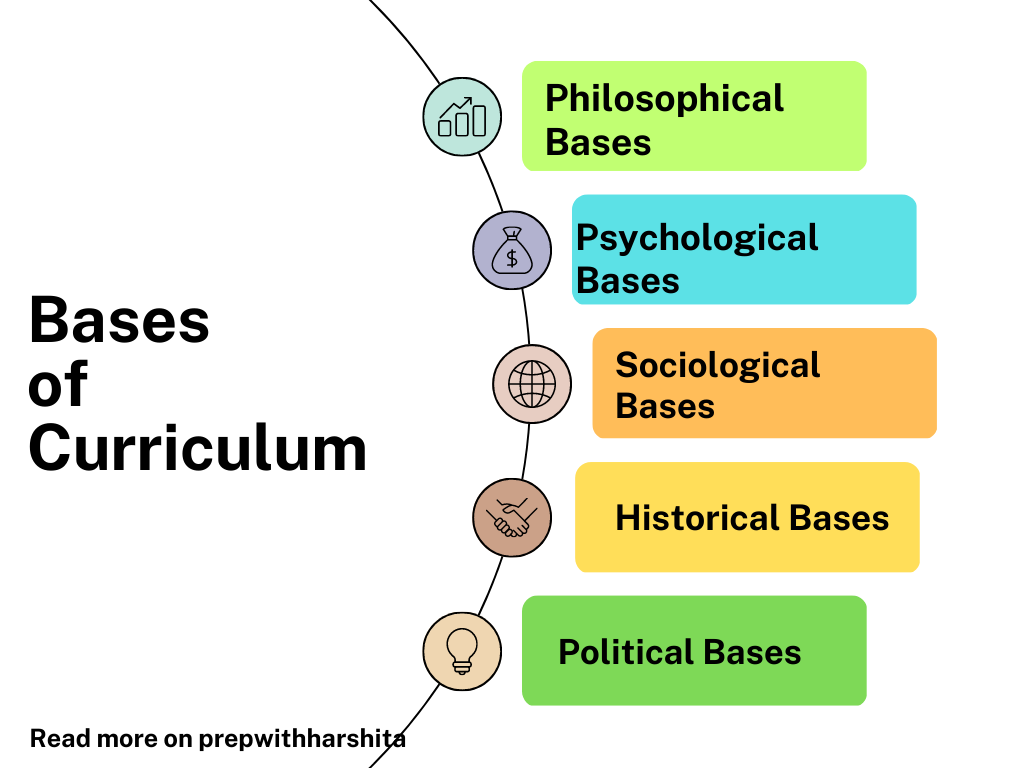Organizing the curriculum components involves a process of identifying and arranging the various elements that make up the curriculum to support effective teaching and learning.
Here are the key steps to organizing the curriculum components:
- Determine the learning goals and objectives: The first step is to define the learning outcomes that the curriculum is intended to achieve. This involves identifying the specific knowledge, skills, and competencies that students should acquire. Learning goals and objectives should be clear, measurable, and aligned with the overall mission and vision of the educational program.
- Identify the content to be covered: The next step is to determine the specific content that will be included in the curriculum. This may involve selecting topics, themes, or units of study that are aligned with the learning goals and objectives. It is important to ensure that the content is relevant, engaging, and developmentally appropriate for the target audience.
- Choose instructional strategies and activities: Once the learning goals, objectives, and content have been identified, the next step is to select instructional strategies and activities that will be used to teach the material. This may involve a variety of approaches, such as lectures, discussions, project-based learning, or experiential learning. The key is to select strategies that are effective, engaging, and aligned with the learning objectives.
- Design assessments: Assessments are an essential component of the curriculum as they allow educators to evaluate student learning and progress. This involves designing formative and summative assessments that are aligned with the learning goals and objectives. Assessments may take many forms, such as tests, quizzes, essays, presentations, or projects. It is important to ensure that assessments are fair, valid, and reliable.
- Select resources: To support the implementation of the curriculum, educators need access to a range of resources, such as textbooks, technology, manipulatives, and other materials. It is important to select resources that are aligned with the learning goals and objectives. It should support student engagement and learning and be accessible to all students.
- Ensure alignment: Finally, it is essential to ensure that all of the curriculum components are aligned with each other and with the overall goals of the educational program. This involves reviewing and revising the curriculum regularly to ensure that it remains current, relevant, and effective.
Overall, organizing the curriculum components is a complex process that requires careful planning, collaboration, and ongoing evaluation and refinement. By following these steps, educators can develop a coherent and effective curriculum that supports student learning and achievement.
Also Read: Factors affecting Curriculum Change




